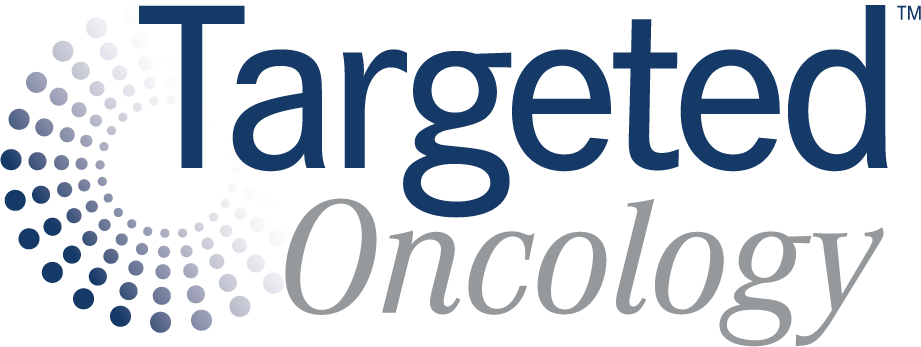Post–PD-1 Data in Melanoma Offers Insight into IO Approaches
During a Case-Based Roundtable® event, Thach-Giao Truong, MD, discussed goals and barriers to treatment when using combination immunotherapy for metastatic melanoma in the second article of a 2-part series.
Thach-Giao Truong, MD
Medical director, Melanoma Program
Cleveland Clinic
Cleveland, OH

DISCUSSION QUESTIONS
- How do you balance efficacy, safety, patient preferences, goals of therapy, and quality-of-life when recommending a first-line regimen?
- How do you select a specific IO (immunotherapy) regimen?
- Do you face any barriers to use of a new IO option?
Thach-Giao Truong, MD: How much do you consider goals of therapy and quality of life? Have people come to you with concerns like that?
Mohammad Muhsin Chisti, MD: Obviously, our goal is remission of the disease. With immunotherapy, that has been achievable. You achieve a similar goal [when] selecting one of those doublet immunotherapy regimens.
Truong: I don’t know if you are familiar with the [SWOG Cancer Research Network] S1616 trial [NCT03033576], looking at ipilimumab [Yervoy] plus nivolumab [Opdivo] in the post–PD-1 setting. Patients got single agent first, and then, if that didn't work, they then got ipilimumab/nivolumab. In that trial, they got a 35% response rate doing that.1 If you add up the 40% response rate in the first line and then the 35% response rate in second line, you come up to about the total absolute response rate of ipilimumab/nivolumab. It has been suggested, if you have limited symptoms to begin with, you could start with nivolumab/relatlimab [Opdualag] and then just do ipilimumab/nivolumab in the second line, while if you just start with ipilimumab/nivolumab, you get an improvement in your absolute overall response rate, but it comes at a toxicity downside. [If you are] starting with something that has lower toxicity, and then still [can] escalate later, are you really sacrificing [efficacy]?
I've had young people worry about fertility. It’s anecdotal, but everyone feels bad if someone gets diabetes or something like that. I think it’s a nuanced approach. It’s the young people who are then free from disease and are going to live a long time [for whom] you feel bad if they have [an immune-related toxicity that is] long term. But they're also the people whom you're the most worried about because they're young and we want them to live. Having something that's very efficacious, that's maybe less toxic, would be the compromise.
Do you face any barriers in getting any of these frontline options? It would be ipilimumab/nivolumab vs nivolumab/relatlimab. Has anyone who's used nivolumab/relatlimab had barriers to getting it?
Greg Smith, MD: Insurance sometimes doesn't approve some of the newer drugs.
Thach-Giao Truong, MD: Has anyone specifically had issues with nivolumab/relatlimab, as the newest one?
Smith: Yes.
Truong: What reason did they give you?
Smith: It was not on their formulary yet. This was several months ago, so I don't know about now.
Truong: In Europe, the European Medicines Agency approved nivolumab/relatlimab, but several European countries have decided not to approve it or to approve it only conditionally; Switzerland and the Netherlands approved it if you have a low PD-L1 status, even though the latest data from the European Society of Medical Oncology Annual Congress showed that the benefit was across PD-L1 status.2 There is a big cost difference, because by having a combination agent, and it's not ipilimumab/nivolumab, nivolumab/relatlimab is 2 drugs until the end, not just the first 4 doses [of ipilimumab]. It's double the cost, potentially for 2 years.
Tareq Al Baghdadi: If the insurance rejects [covering], I've never received a no from Bristol Myers Squibb. These drugs are made by Bristol Myers Squibb, and whenever I've had a no, even off label, I'd reach out and they'd give me the drug free. I have never had a no from them for free drugs for my patients. I don't know if I'm lucky, but it's it's happened several times.
I'm assuming you stop nivolumab/relatlimab after 2 years, because I think the [RELATIVITY-047 study; NCT03470922] continued until progression. If you use nivolumab/relatlimab in the first-line setting, and then you want to go to a second IO in the second-line setting, and there's refractory disease, do you do ipilimumab alone, or ipilimumab/nivolumab in that case?
Truong: I would say from S1616, because they compare ipilimumab in the second line vs ipilimumab/nivolumab, ipilimumab/nivolumab was superior.1 If you're doing it in the post–PD-1 setting, it would be ipilimumab/nivolumab. I would say you have data to do that.
Al Baghdadi: And you stop at the 2-year mark, right? Despite the [RELATIVITY-047 trial design]?
Truong, MD: I do. At this point, I think everyone extrapolates from the KEYNOTE-006 [NCT01866319] data.
Disclosure: Al Baghdadi previously reported advisory role from AstraZeneca, Bristol Myers Squibb, Eli Lilly, Genentech; other participants had no known relevant disclosures.
References
1. VanderWalde A, Bellasea SL, Kendra KL, et al. Ipilimumab with or without nivolumab in PD-1 or PD-L1 blockade refractory metastatic melanoma: a randomized phase 2 trial. Nat Med. 2023;29(9):2278-2285. doi:10.1038/s41591-023-02498-y
2. Schadendorf D, Tawbi HA, Hodi FS, et al. Nivolumab plus relatlimab vs nivolumab in previously untreated metastatic or unresectable melanoma: 3-year subgroup analyses from RELATIVITY-047. Ann Oncol. 2024;35(suppl 2):S723-S724. doi:10.1016/j.annonc.2024.08.1160








